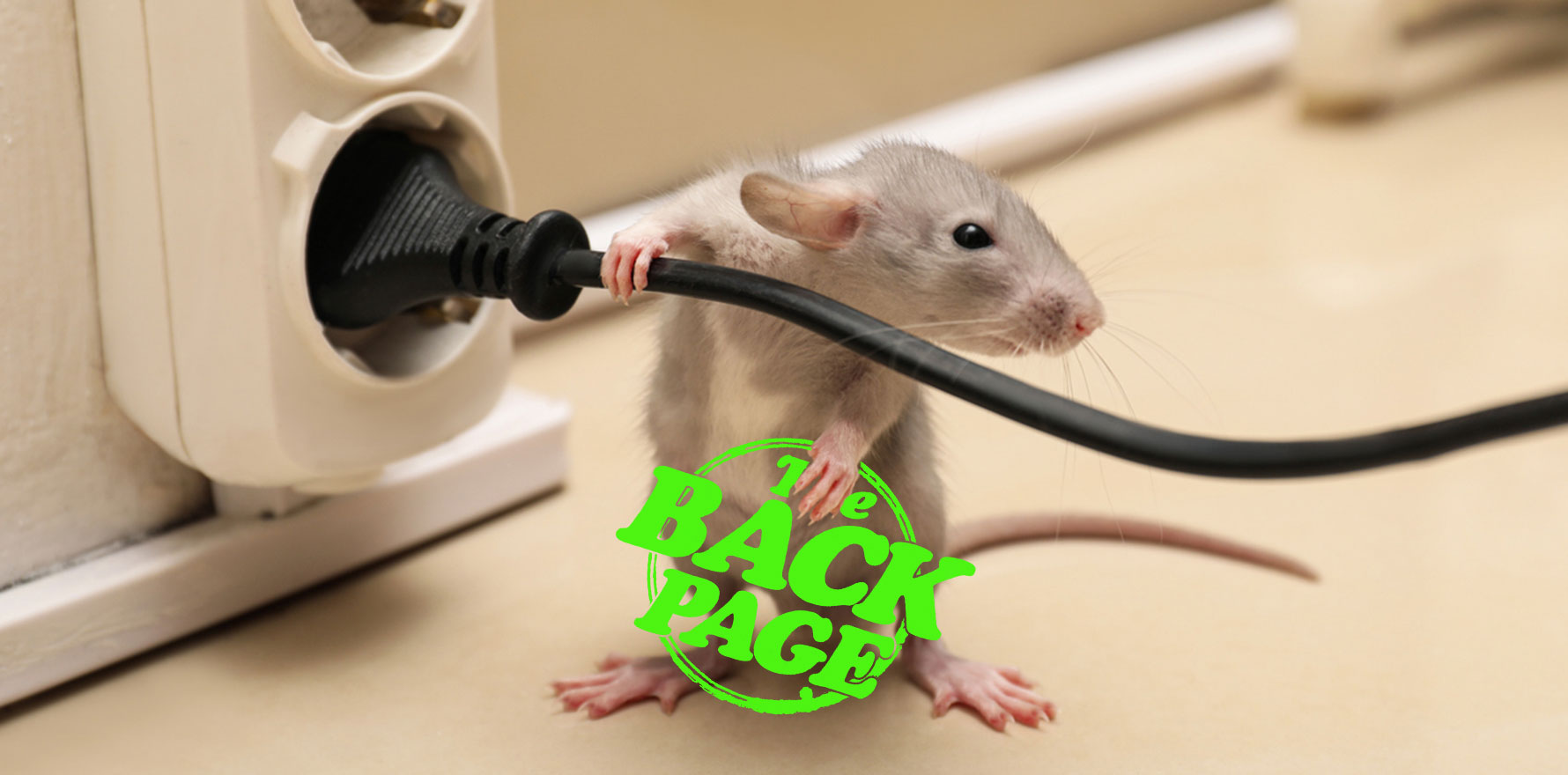Zap those unfortunate gashes away.
Rats whose wounds were sutured with mechanoelectric fibres recovered in half the time that their peers did and had a lower risk of infection.
Electrified rodents, and just in time for Halloween!
The research from Donghua University was published in Nature Communications earlier this month, and looked at potential uses for bioabsorbable core-sheath mechanoelectric fibre in suturing.
The team tested a new suture material which contained resorbable magnesium that could generate electrical stimulation as the subjects moved naturally.
Three rat cohorts were used: one control group, who were given no sutures of any kind, one group who were given regular biodegradable sutures and a third group who received the electric sutures.
Rats in all three groups were given a gash in the side of their thighs.
At 10 days post-gash, more than 96% of the rats with electric stitches had closed wounds, compared to 82% in the regular suture group and 60% in the control group.
“Compared with the other two groups, [electrical stimulation]-suture improved tissue migration from the wound bed, with faster wound regeneration and almost complete wound healing throughout the experiment, which was consistent with the scratch assay in vitro,” the researchers wrote.
“In Masson staining, collagen deposition was evident in the [electrical stimulation]-suture group, with most of the reconstruction being normal muscle, indicating that it was in the remodelling phase of the normal wound healing process.”
The hypothesised mechanism by which the electric sutures work was that electrical stimulation elevated downstream growth factors, which in turn enhanced the phosphorylation levels of protein kinase B (Akt) and extracellular signal-regulated kinase (ERK).
The researchers suggest electrical stimulation may promote tissue repair by affecting the opening of calcium channels to enhance expression of relevant growth factors.
The electrodents (hmm) also had significantly lower bacterial culture counts at two days post-suture compared to the regular and control group rats, even though they had no daily wound care.
While it’s a big jump from frankenrats to humans, the researchers said the sutures were “ready to be translated into clinical practice”.
Send your electrified story tips to penny@medicalrepublic.com.au.


